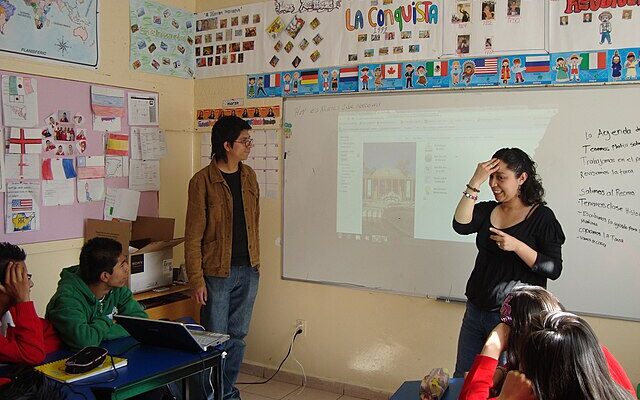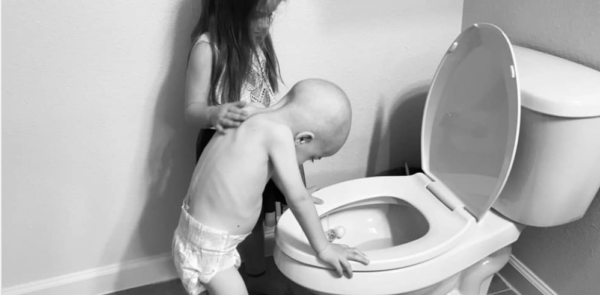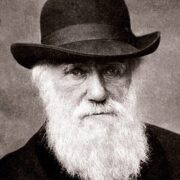
After Aissam Dam was born, doctors early on understood that he could not hear. Now, after 11 years, he can hear his dad and the rest of the world for the first time thanks to a novel breakthrough in gene therapy.
A few months ago, Aissam received treatment at the Children’s Hospital of Philadelphia and became the first person in America to have his congenital deafness cured.
While doctors were not sure how effective the treatment would be, they are so far happy with the results.
AFP writes:
“Gene therapy for hearing loss is something that we physicians and scientists in the world of hearing loss have been working toward for over 20 years, and it is finally here,” said surgeon John Germiller, director of clinical research for CHOP’s otolaryngology division.
“While the gene therapy we performed in our patient was to correct an abnormality in one, very rare gene, these studies may open the door for future use for some of the over 150 other genes that cause childhood hearing loss.”
In patients like Aissam, a defective gene prevents the production of otoferlin, a protein necessary for the “hair cells” of the inner ear to be able to convert sound vibrations into chemical signals that are sent to the brain. Otoferlin gene defects are highly rare, accounting for 1 – 8 percent of hearing loss present from birth.
On October 4, 2023, he underwent a surgical procedure that involved partly lifting his eardrum and then injecting a harmless virus, which had been modified to transport working copies of the otoferlin gene, into the internal fluid of his cochlea. As a result, the hair cells began making the missing protein and functioning properly.
Helping children who are hard of hearing may be the best place to deploy gene therapy. “Most of the mutations that affect hearing — there are approximately 150 — do not affect any other part of the body, reported The New York Times. “Some genes are actually unique to the ear.
The inner ear is a small closed compartment, so gene therapy delivered there would not affect cells in other parts of the body, said Manny Simons, chief executive and co-founder of Akouos and senior vice president of gene therapy at Lilly.
It was not even clear what dose of the new genes to give. All that the researchers had to go on were studies with mice. “We were flying blind,” Dr. Germiller said.
Aissam’s results, his doctors said, were remarkable. In an interview at CHOP, his father said through an interpreter — he speaks a North African language from the Amazigh family, commonly known as Berber — that Aissam was hearing traffic noises just days after the treatment. When Aissam had a hearing test two months later, his hearing in the treated ear was close to normal.”
Gene therapy is a medical approach that involves modifying or manipulating the genes within an individual’s cells to treat or prevent diseases. This can be achieved by introducing, removing, or altering genetic material to correct or replace faulty genes. Researchers are hoping that Aissam will be just the first step to curing a variety of genetic disorders.










Apply to blindness by birth, other hearing etc